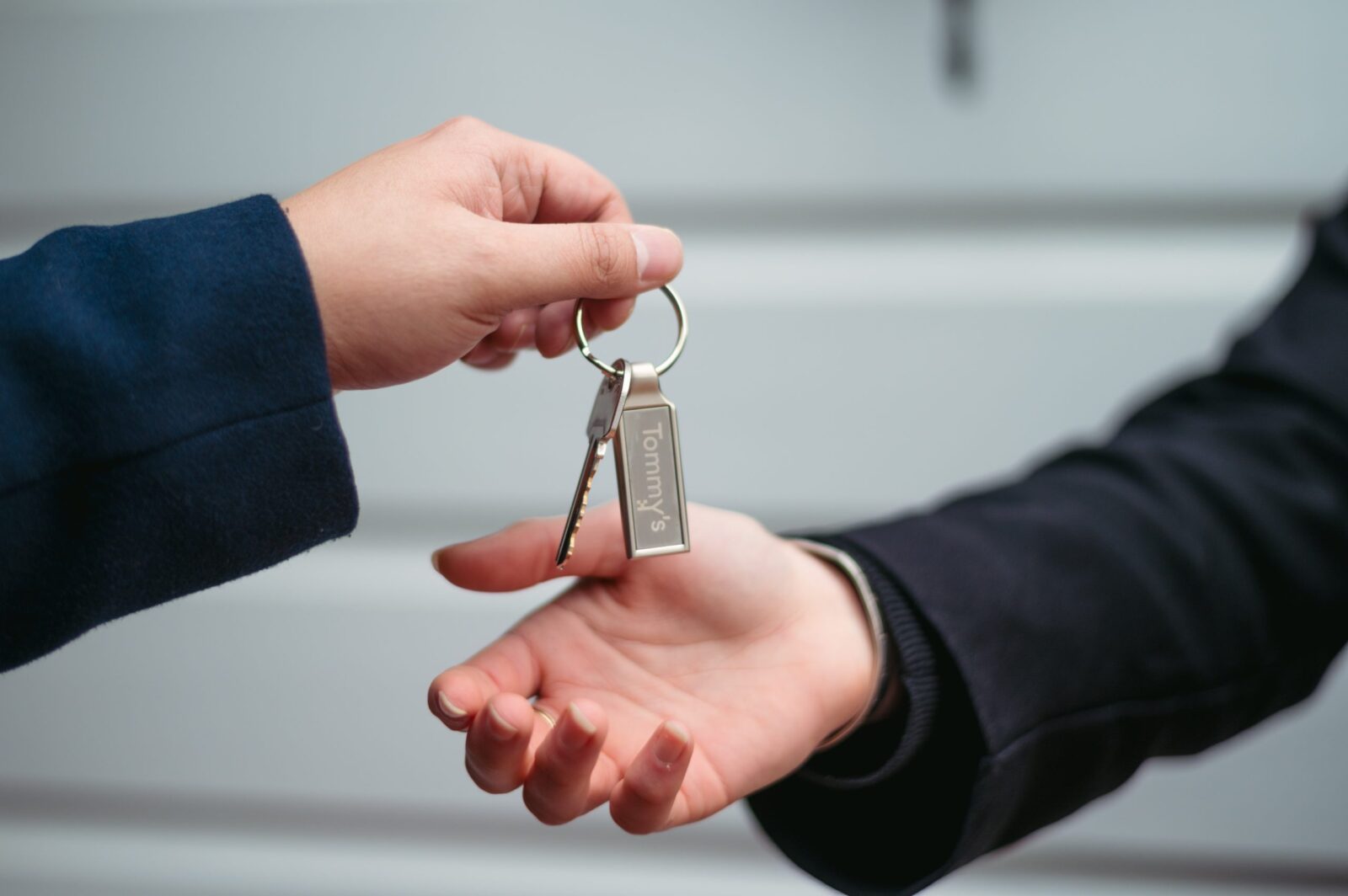Landlords
How many tenants does it take to change a lightbulb

It’s always an eternal battle between tenant and landlord. “My landlord never did any maintenance on the property,” is a phrase that frequently comes up at viewings when tenants are asked why they might be looking to find a new home.
Similarly, there are plenty of landlords with horror stories about tenants who have called out tradespeople for minor jobs and expected the landlord to foot the bill. Often conflict will arise between tenants and landlords over the blurry lines that still remain around responsibility of maintenance.
This is your one-stop-shop guide to managing the maintenance process, who is responsible for the costs and whether or not you need to be screwing in lightbulbs on your weekend!
As a landlord it can be difficult to know what maintenance needs to be done urgently. ?

The Residential Tenancies Act section 45(1)(b) states that a landlord shall “provide and maintain the premises in a reasonable state of repair having regard to the age and character of the premises and the period during which the premises are likely to remain habitable and available for residential purposes…” In English, this means that the landlord must maintain the property to a habitable standard. But what about the cost of this maintenance?
Section 45(1)(d) states that the landlord shall “compensate the tenant for any reasonable expenses incurred by the tenant in repairing the premises where (i) the state of disrepair has arisen otherwise than as a result of a breach of the tenancy agreement by the tenant and is likely to cause injury to persons or property or is otherwise serious or urgent.” It is this section that clears up responsibility.
Landlords must accept that maintenance required due to “fair wear and tear” or through gradual deterioration is essential. Of course, most landlords will be more than happy to provide maintenance to their property as in the long term it helps to maintain the value of their homes and could result in higher rental prices during peak seasons of the market as tenants look to live in safe and well kept properties.
Yet those landlords who choose to ignore maintenance, if found negligent to their obligations by tribunal, could face a fine up to a $4000 as any breach of section 45 is deemed an unlawful act. ???

It is not all one-way traffic however. Section (40) of the RTA, (Tenant’s responsibilities) states under subsection (1)(d) “that the tenant shall notify the landlord, as soon as possible after discovery, of any damage to the premises, or of the need for any repairs.” It then goes on further to state in subsection (2)(a) “the tenant shall not intentionally or carelessly damage, or permit any other person to damage, the premises…”. Under the wording of the act, any malicious damage or damage caused intentionally by a tenant must be paid for by the tenant.
Subsection (4) states “where any damage (other than fair wear and tear) to the premises is proved to have occurred during any tenancy to which this Act applies, it shall be for the tenant to prove that the damage did not occur in circumstances constituting a breach of subsection (2)(a).”
However, under the Osaki Case, if the tenant can prove that the damage was accidental, which of course is a much more straightforward task than proving that it wasn’t, it is the responsibility of the landlord under their insurance policy to foot the bill.
This in particular is where the grey area comes back into play, as landlords can struggle to prove what is malicious or intentional damage, and what is accidental. ?️
So how do you navigate the minefield of property maintenance in your investment property? Simply enough, Tommy’s encourages all of our clients and landlords across the country to follow a simple three-step plan.
Step one is communication with your tenant. Encouraging a positive relationship with your tenant is essential in handling the maintenance that will inevitably arise when you rent your property. If both the tenant and landlord have an understanding of what is considered essential maintenance and what is considered to be less important at the beginning of the tenancy, you can be sure to avoid problems further down the line.
Outline responsibilities early on in the relationship and stick as closely as you can to these. Your tenant should begin to see that you are caring for the property and that they must do the same. ✨✨
Step two is to develop a long term maintenance plan. Looking at the property and predicting what will need to be done in the next 6, 12 and 24 months is a sure fire way to ensure that you are proactive with property maintenance, not reactive. Reactive maintenance can not only be expensive and difficult to organise quickly, but is also when the tenant feels as though you do not care for the property.
Being proactive will limit the cost of maintenance as jobs are not neglected to the point of becoming major issues, and will also guarantee that the property is looking in top condition year round, helping it to achieve the highest possible rental return.
The final step is just as simple:
We recommend that all property investors put aside between 5-10% of the rental income the property achieves each year to cover the cost of maintenance issues that will arise. ?

By doing so, when the urgent maintenance issues come through, if not covered by insurance, you can be certain that you will have enough cash flow to respond to the maintenance quickly, limiting further damage and keeping the tenant happy. Happy tenants take better care of your property!
If you would like some advice around maintenance, who is responsible for the cost, or advice on setting up your long term maintenance plan, feel free to give me a call anytime on 04 381 8604.
Explore more posts like this one
View more
November 14, 2025
Wellington Rental Market Update | November 2025

November 11, 2025
Pet Friendly Rental Rules Are on the Way!

October 14, 2025
Wellington Rental Market Comment | October 2025
